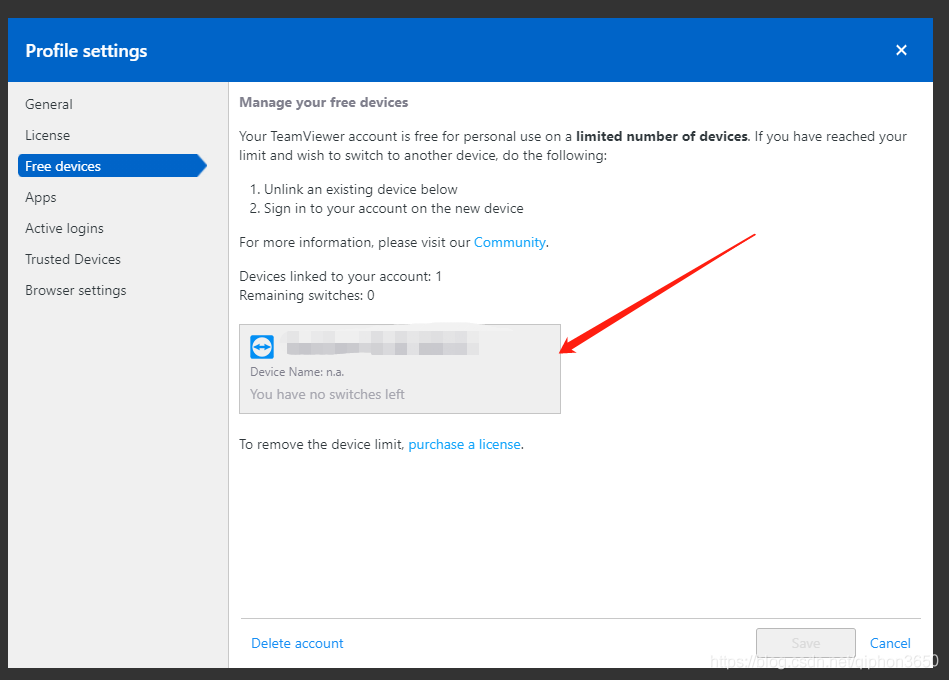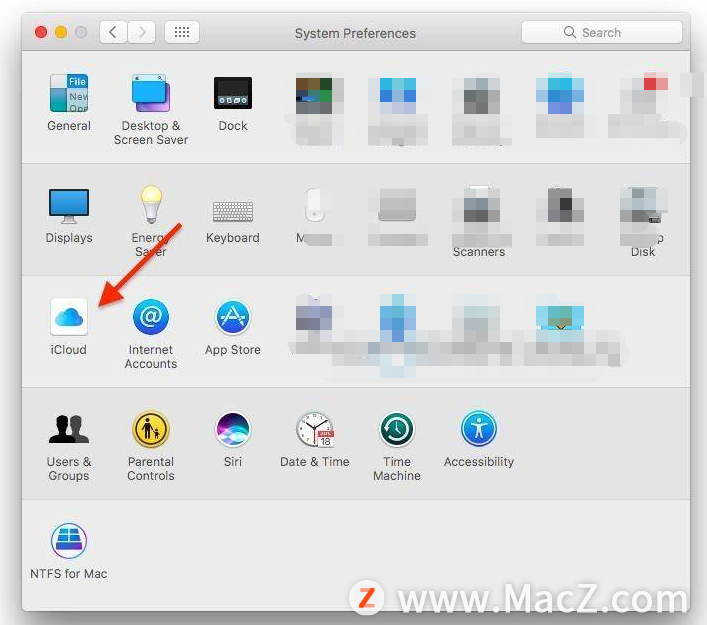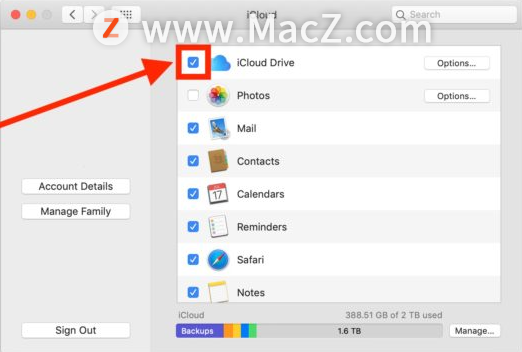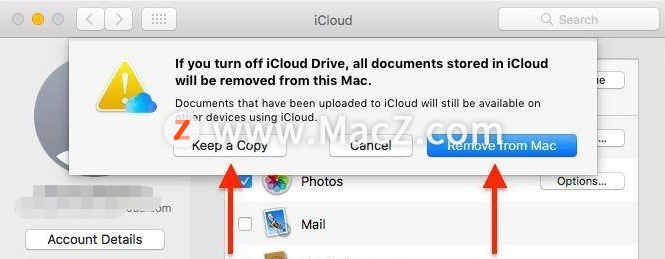I haven’t upgraded PIP for a long time. Today I will upgrade once: $ pip install --upgrade pip Collecting pip Using cached https://files.pythonhosted.org/packages/d8/f3/413bab4ff08e1fc4828dfc59996d721917df8e8583ea85385d51125dceff/pip-19.0.3-py2.py3-none-any.whl Installing collected packages: pip Found existing installation: pip 9.0.1 Uninstalling pip-9.0.1: Exception: Traceback (most recent call last): File "/Library/Python/2.7/site-packages/pip-9.0.1-py2.7.egg/pip/basecommand.py", line 215, in main status = self.run(options, args) File "/Library/Python/2.7/site-packages/pip-9.0.1-py2.7.egg/pip/commands/install.py", line 342, in run prefix=options.prefix_path, File "/Library/Python/2.7/site-packages/pip-9.0.1-py2.7.egg/pip/req/req_set.py", line 778, in install requirement.uninstall(auto_confirm=True) File "/Library/Python/2.7/site-packages/pip-9.0.1-py2.7.egg/pip/req/req_install.py", line 754, in uninstall paths_to_remove.remove(auto_confirm) File "/Library/Python/2.7/site-packages/pip-9.0.1-py2.7.egg/pip/req/req_uninstall.py", line 115, in remove renames(path, new_path) File "/Library/Python/2.7/site-packages/pip-9.0.1-py2.7.egg/pip/utils/__init__.py", line 267, in renames shutil.move(old, new) File "/System/Library/Frameworks/Python.framework/Versions/2.7/lib/python2.7/shutil.py", line 300, in move rmtree(src) File "/System/Library/Frameworks/Python.framework/Versions/2.7/lib/python2.7/shutil.py", line 247, in rmtree rmtree(fullname, ignore_errors, onerror) File "/System/Library/Frameworks/Python.framework/Versions/2.7/lib/python2.7/shutil.py", line 252, in rmtree onerror(os.remove, fullname, sys.exc_info()) File "/System/Library/Frameworks/Python.framework/Versions/2.7/lib/python2.7/shutil.py", line 250, in rmtree os.remove(fullname) OSError: [Errno 13] Permission denied: '/Library/Python/2.7/site-packages/pip-9.0.1-py2.7.egg/EGG-INFO/PKG-INFO' You are using pip version 9.0.1, however version 19.0.3 is available. You should consider upgrading via the 'pip install --upgrade pip' command.
Prompt permission is not enough, assign permission to the current user:
mac-temp:~ zyh$ sudo chown -R $USER /Library/Python/2.7
Upgrade again:
mac-temp:~ zyh$ pip install --upgrade pip Cache entry deserialization failed, entry ignored Collecting pip Using cached https://files.pythonhosted.org/packages/d8/f3/413bab4ff08e1fc4828dfc59996d721917df8e8583ea85385d51125dceff/pip-19.0.3-py2.py3-none-any.whl Installing collected packages: pip Found existing installation: pip 9.0.1 Uninstalling pip-9.0.1: Successfully uninstalled pip-9.0.1 Successfully installed pip-19.0.3 $ pip --version pip 19.0.3 from /Users/zyh/Library/Python/2.7/lib/python/site-packages/pip (python 2.7)





